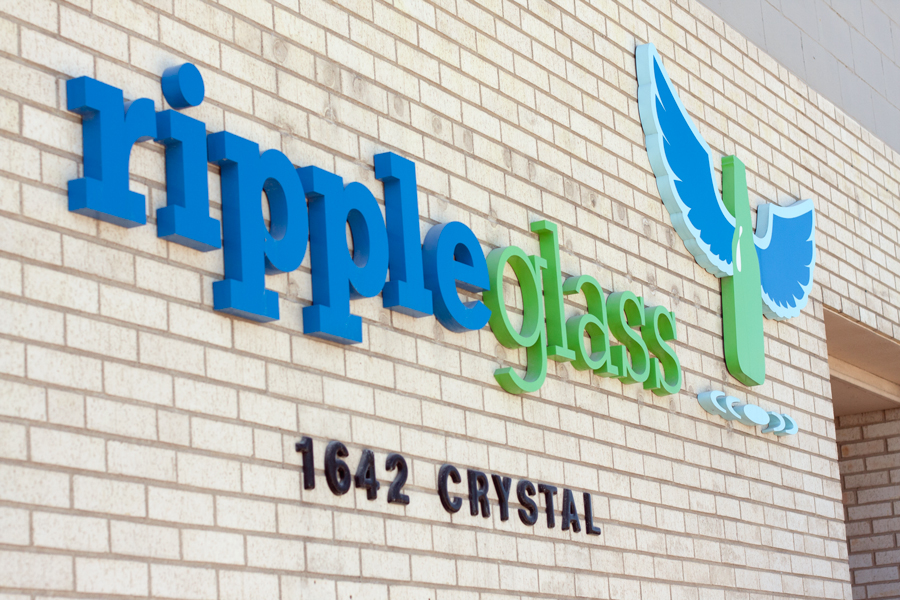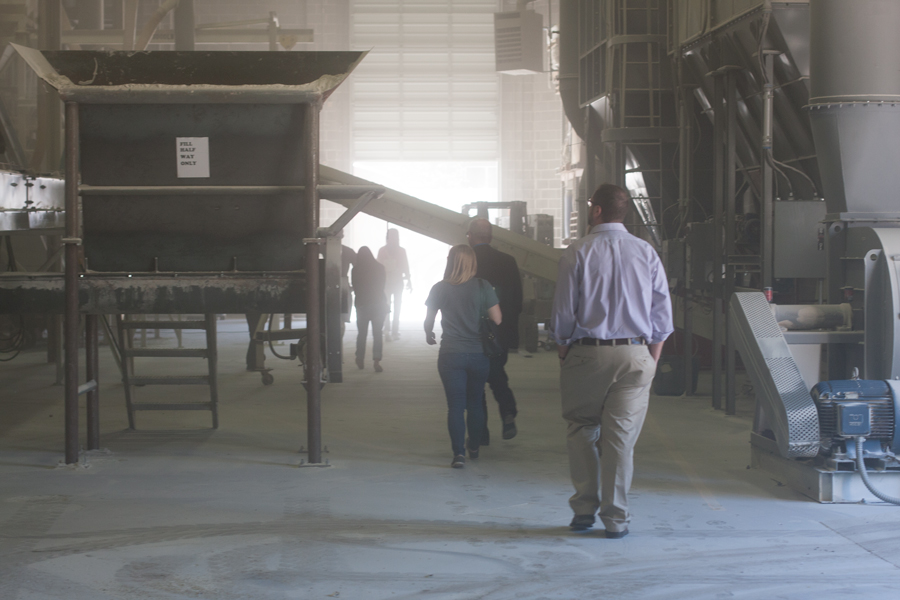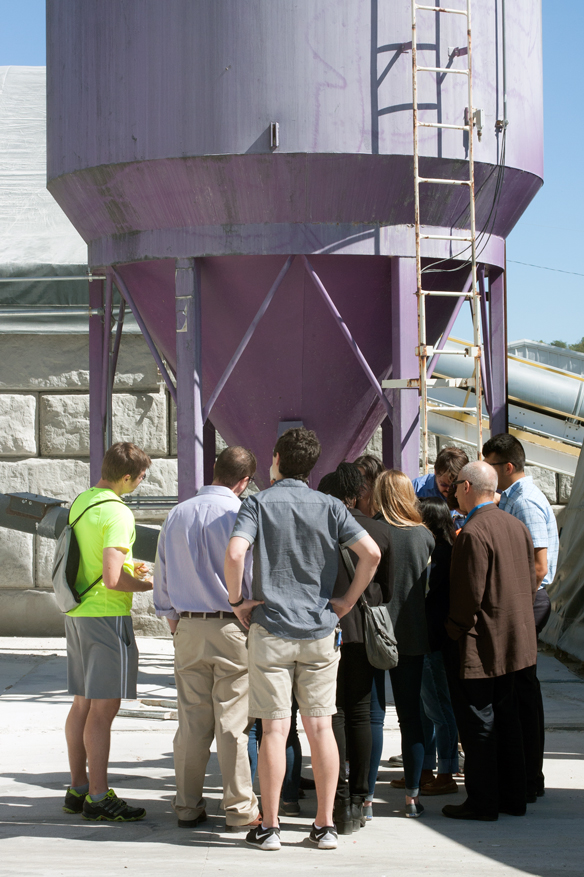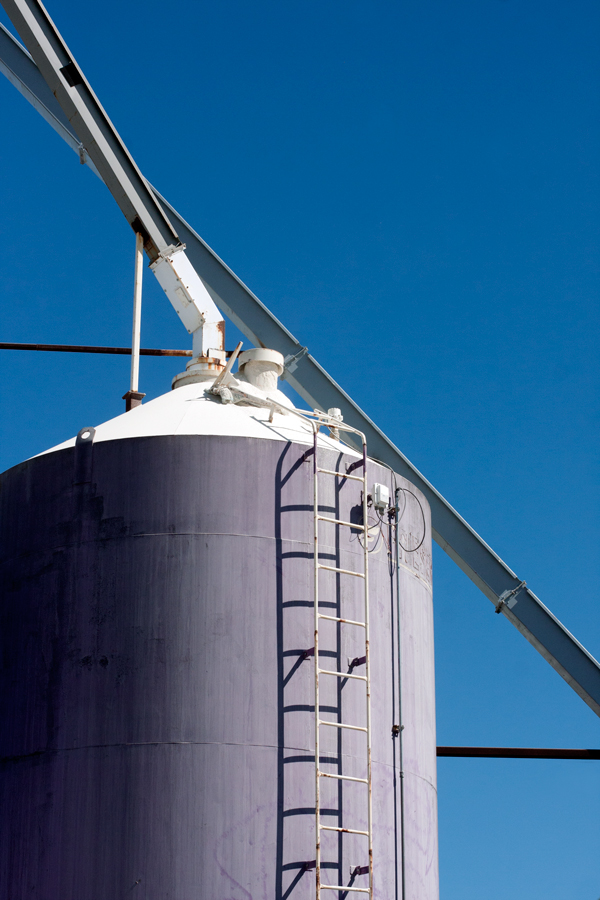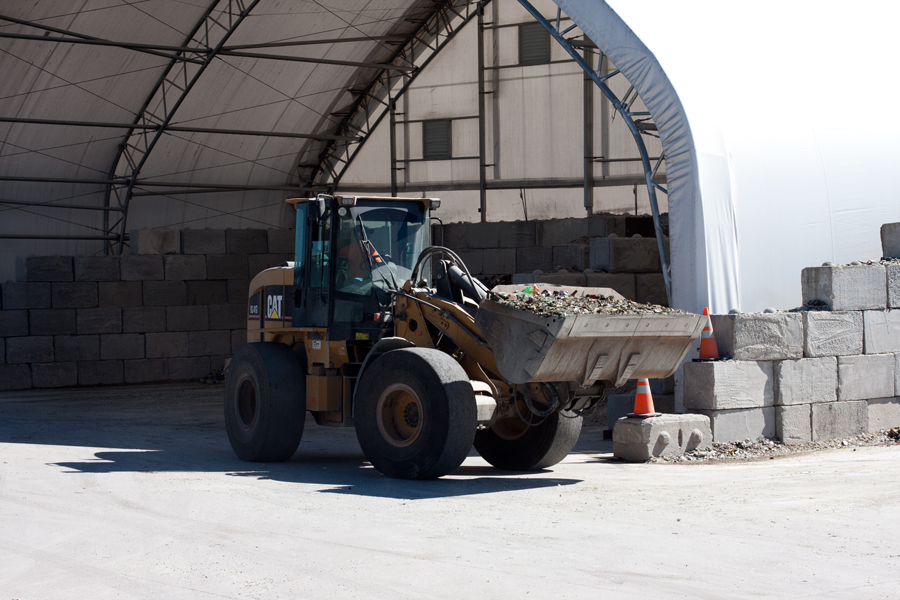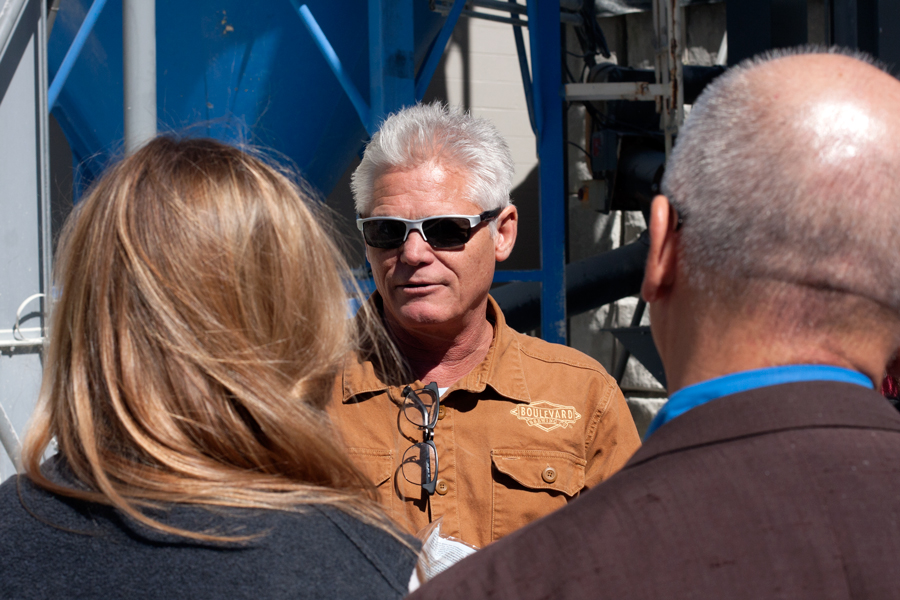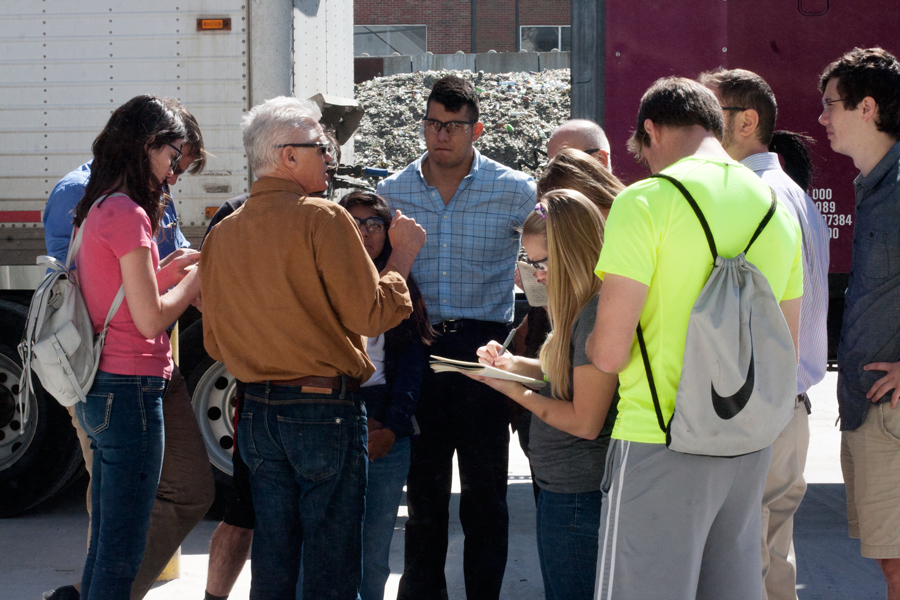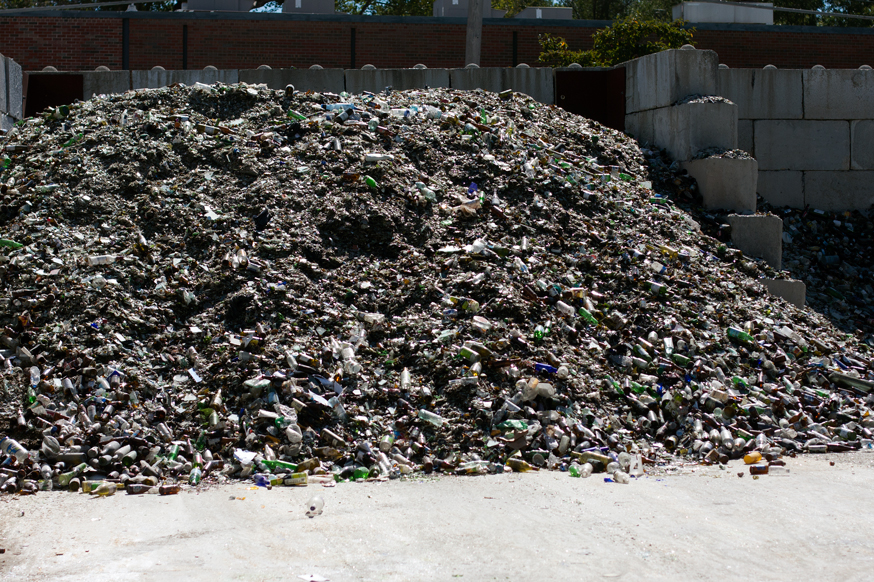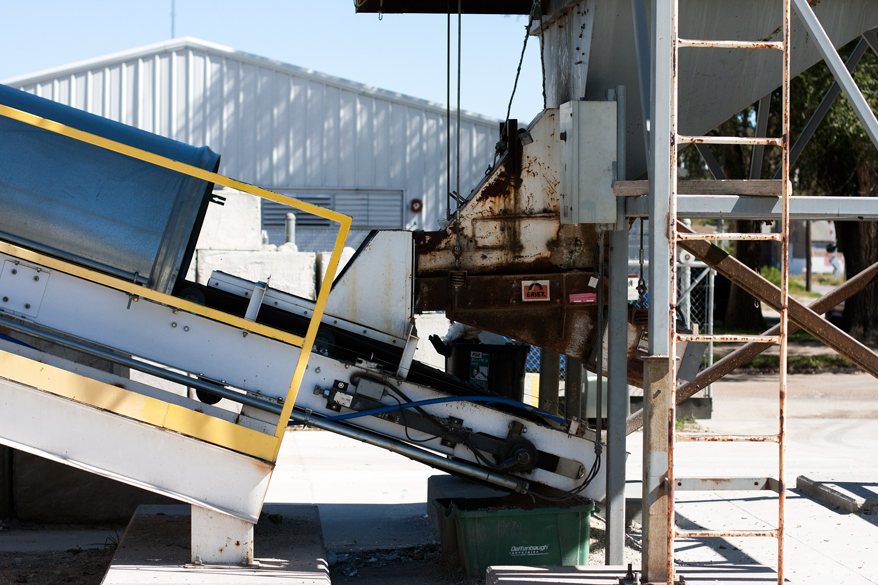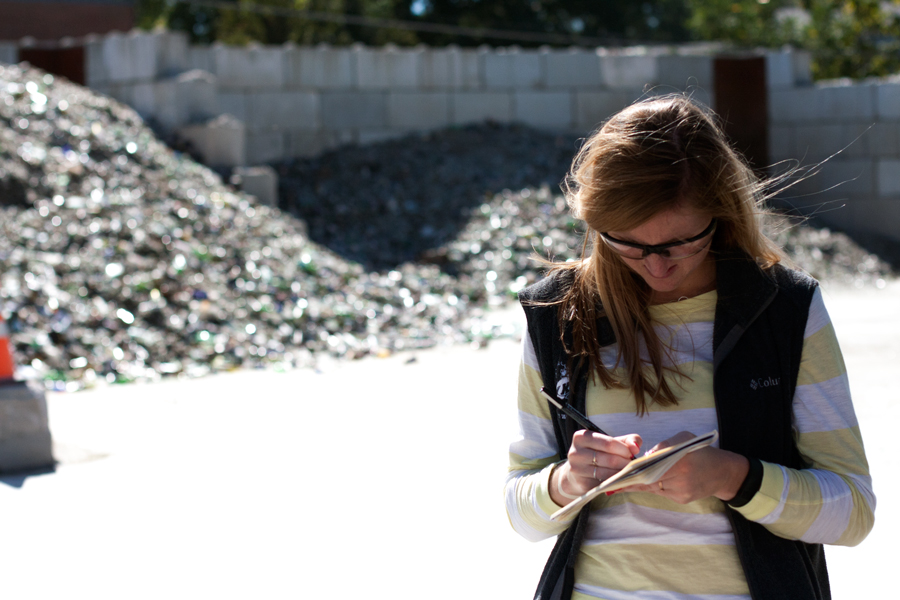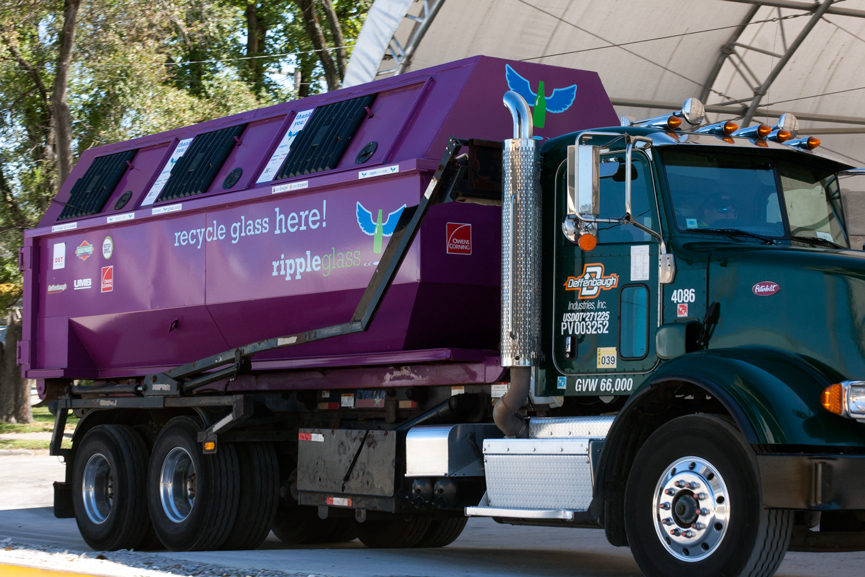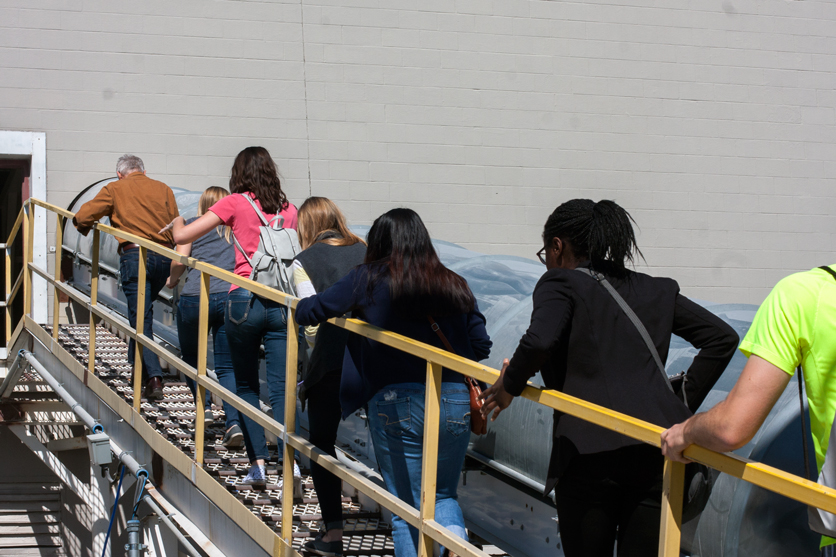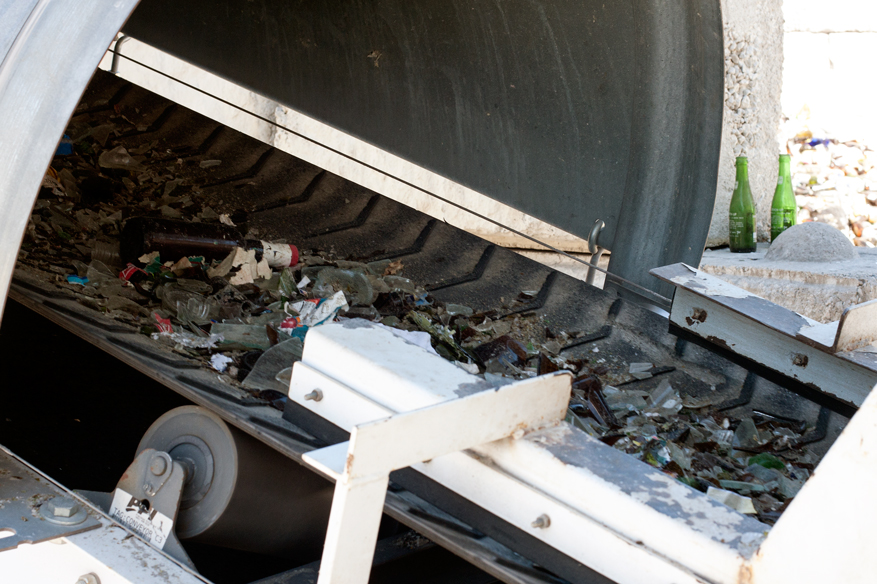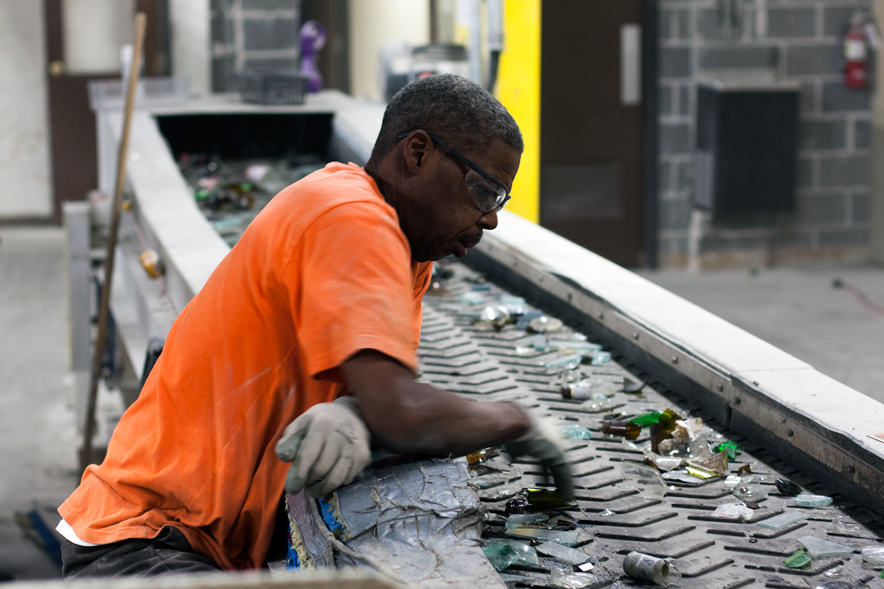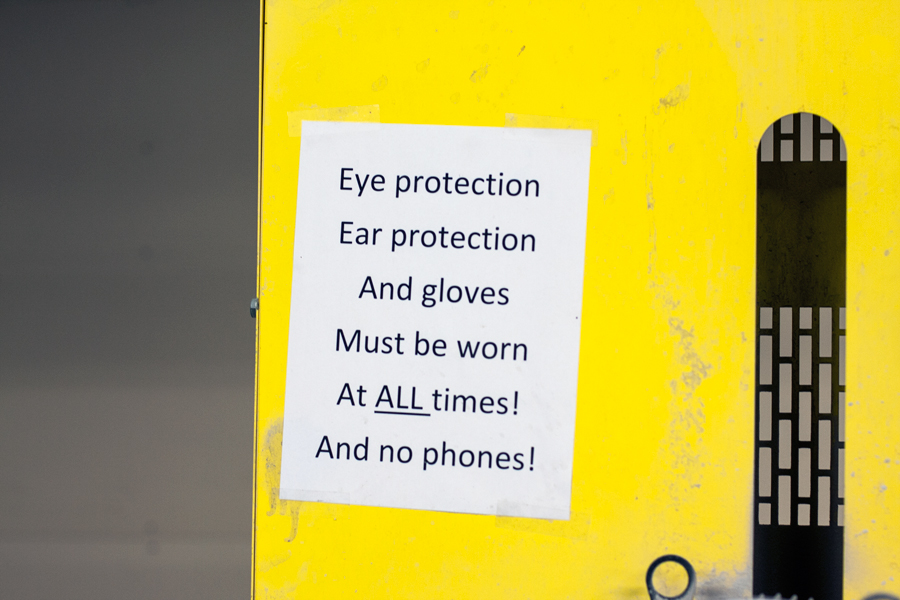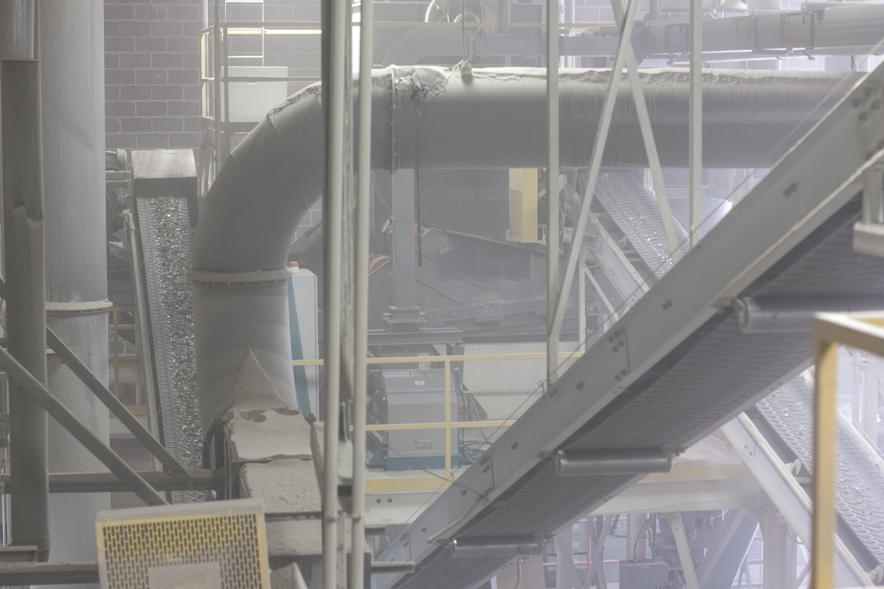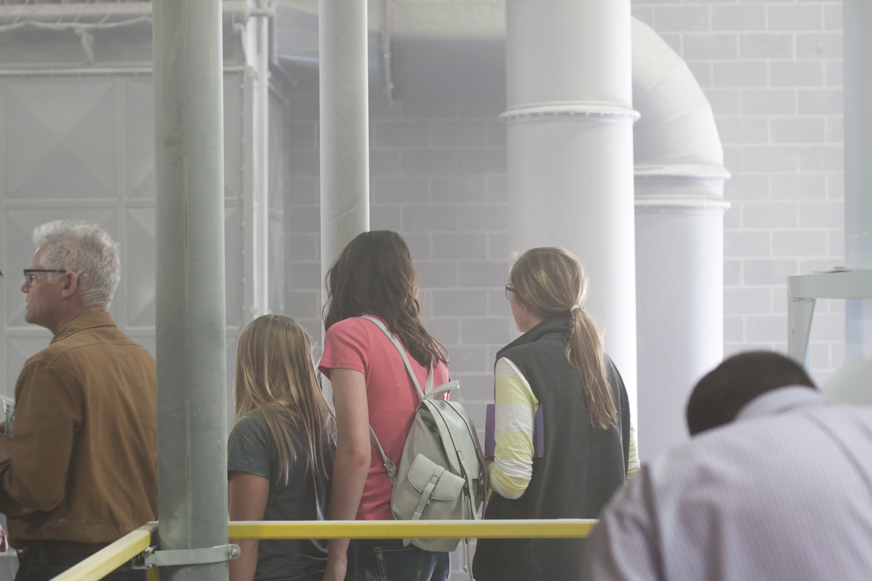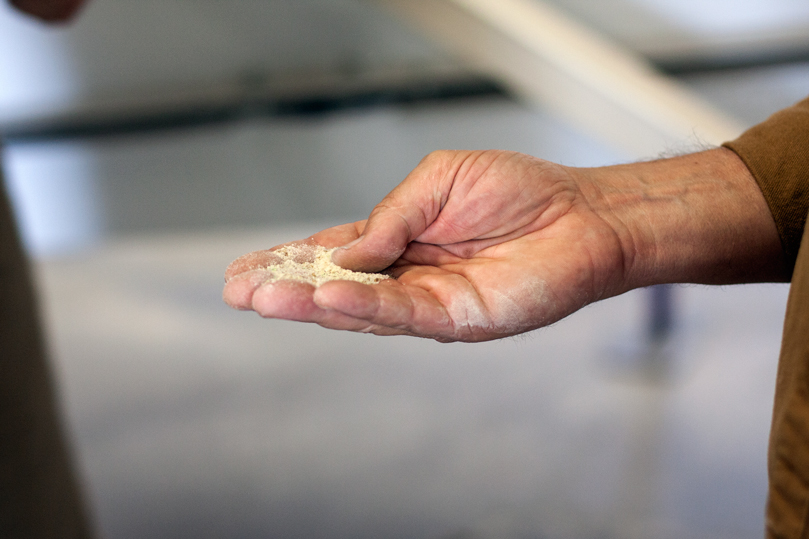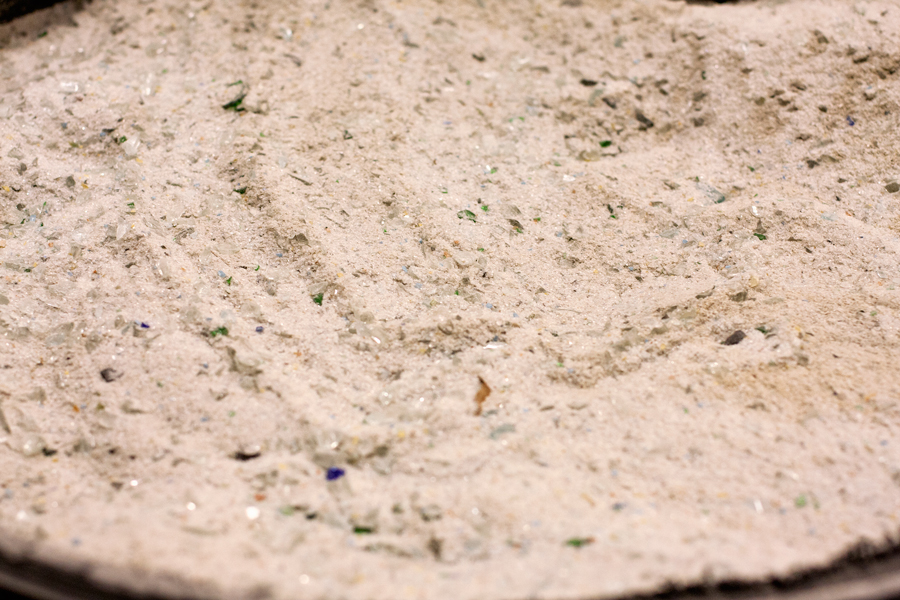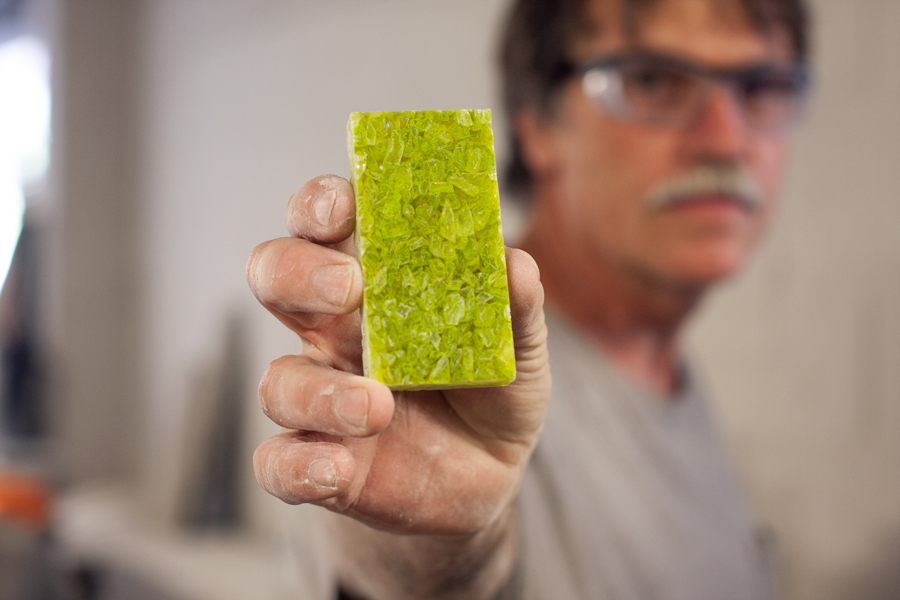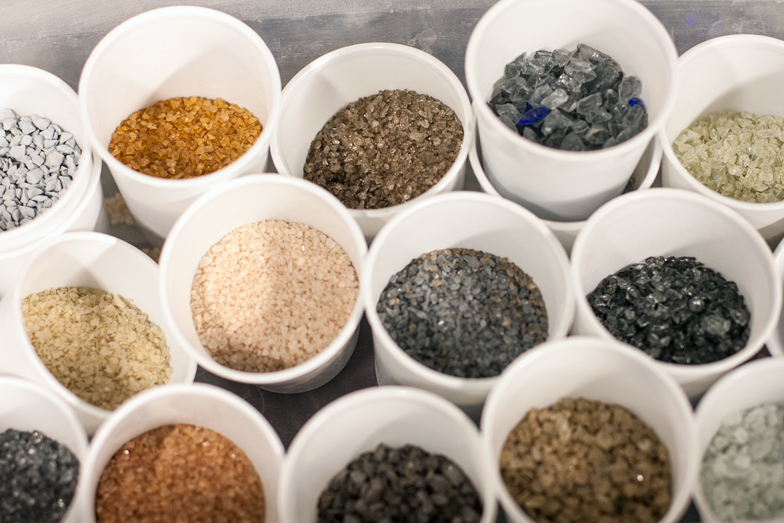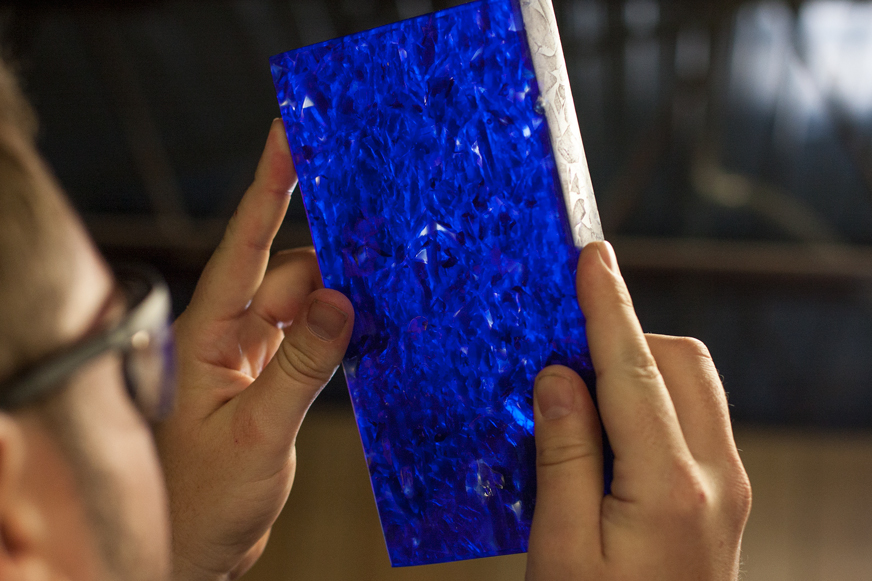The Final Countdown
/We hope everyone had a great Thanksgiving! While everyone was enjoying the time off, recycling and our project was still on our minds. One student, at the Greenbuild International Conference and Expo in Washington DC, documented recycling practices at a large event. Events are an important part of the waste stream due to the large amount of recyclable waste generated. Therefore, they’ve become a part of the overall system we are designing for. At the Walter E. Washington Convention Center, color coded recycling and organics collection leads recycling initiatives in partnership with PepsiCo. The containers even come with instructions on what can be collected in each bin.
And while Black Friday might not be thought of as an event in a typical sense, Target was ready for the large amount of waste generated on such large shopping days. They were ready to take on the increased waste loads as well!
The most important part of the recycling vision study is recycling in the public realm. On the main outdoor pedestrian shopping corridor in Boulder, recycling bins are visible at every block to capture waste and compost as people move from shop to shop. Through our studies of Kansas City, we have inventoried the waste disposal currently available in Downtown Kansas City. We’ve also analyzed recycling and compost that could be captured in the public realm currently and there is a disparity between the two. While our project’s goal isn’t simply to increase the number of recycling bins on streets, we continue to look to other cities with strong recycling systems to learn from as we wrap up the programming for the project.
With the end of Thanksgiving break, that means there are only 3 weeks left in the semester. With that comes our final professional reviews and open house. We are also preparing a programming document to showcase our research, analysis and our proposals for a recycling system in Downtown Kansas City. We met with our advisory group one last time before we left to get some feedback and advice on the work that we’ve done so far and where we plan on going with it.
We began the semester by splitting into three groups: Best Practices, Regional System, Downtown KC Needs. We then took all our research and findings and drew conclusions from them. That way, we can begin to figure out where Kansas City’s system is not working and figure out how we can help and how design can be an integral part of that system. Some of the most interesting findings led us to programming efforts that we couldn’t have foreseen at the beginning. For example, compostable materials account for almost 40% of the waste stream. From our case studies, we found that policy is very important in how impactful a recycling program can be. We also began to understand how little data is available about current recycling practices in Kansas City. Those findings have become key for our explorations into various aspects of recycling, as a whole, for downtown Kansas City.
Due to our discovery of composting loads, we decided to analyze organic materials separately in order to understand the opportunities it presents. The overlay of the composting system with the temporal and permanent creates the network of opportunity spaces that will become the sites for more design exploration next semester!
Stay tuned for more information on our open house in the coming weeks and our programming document which is due out in January!

















